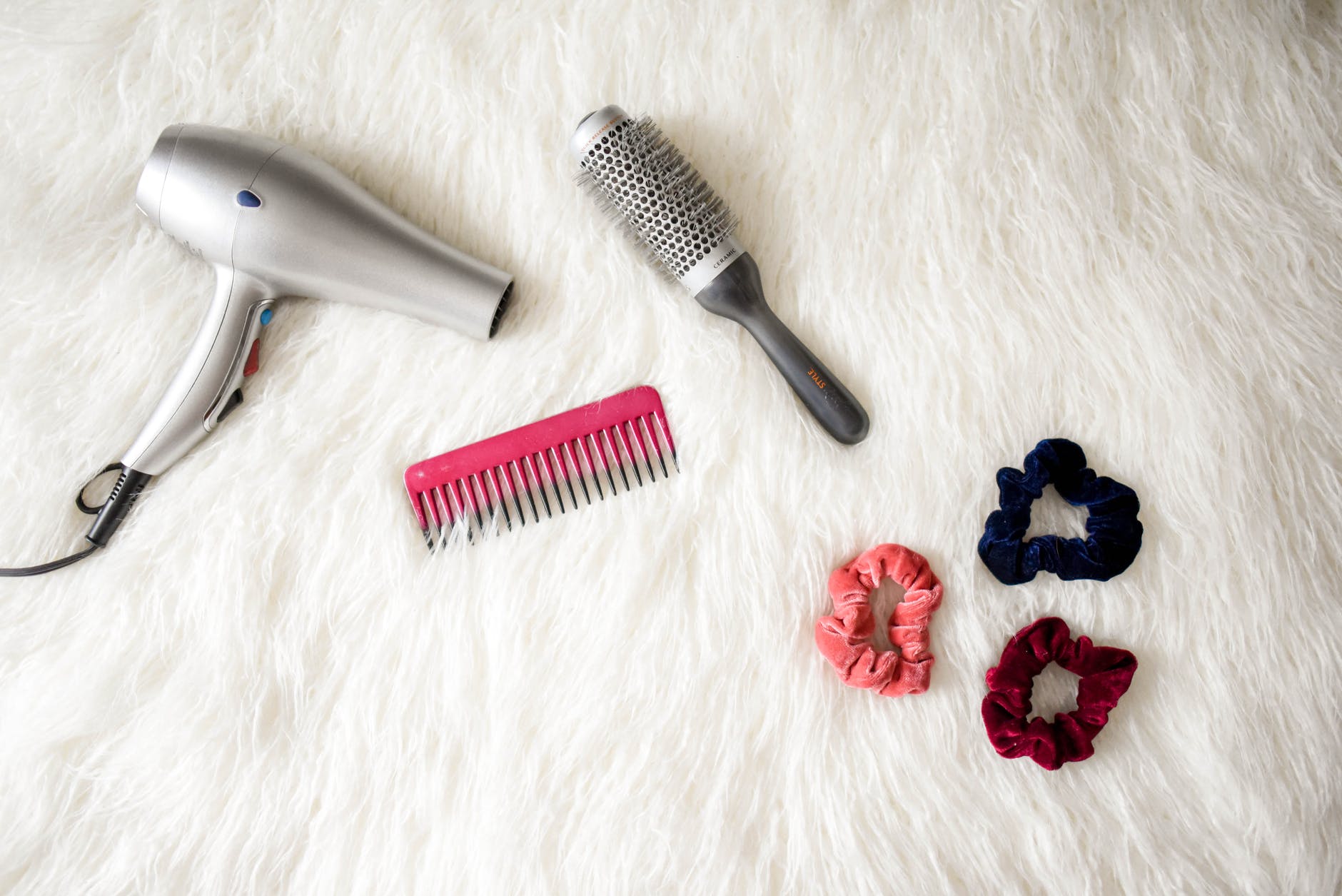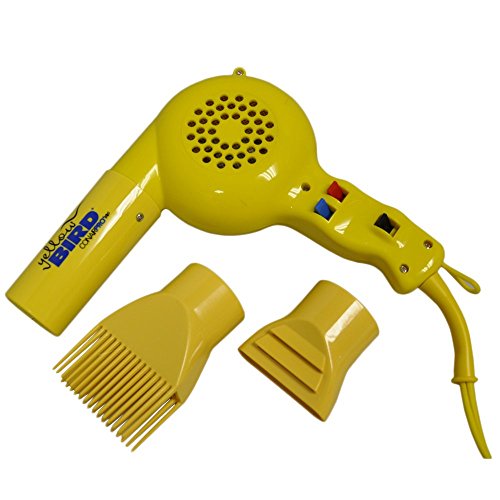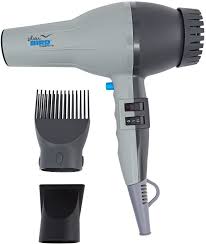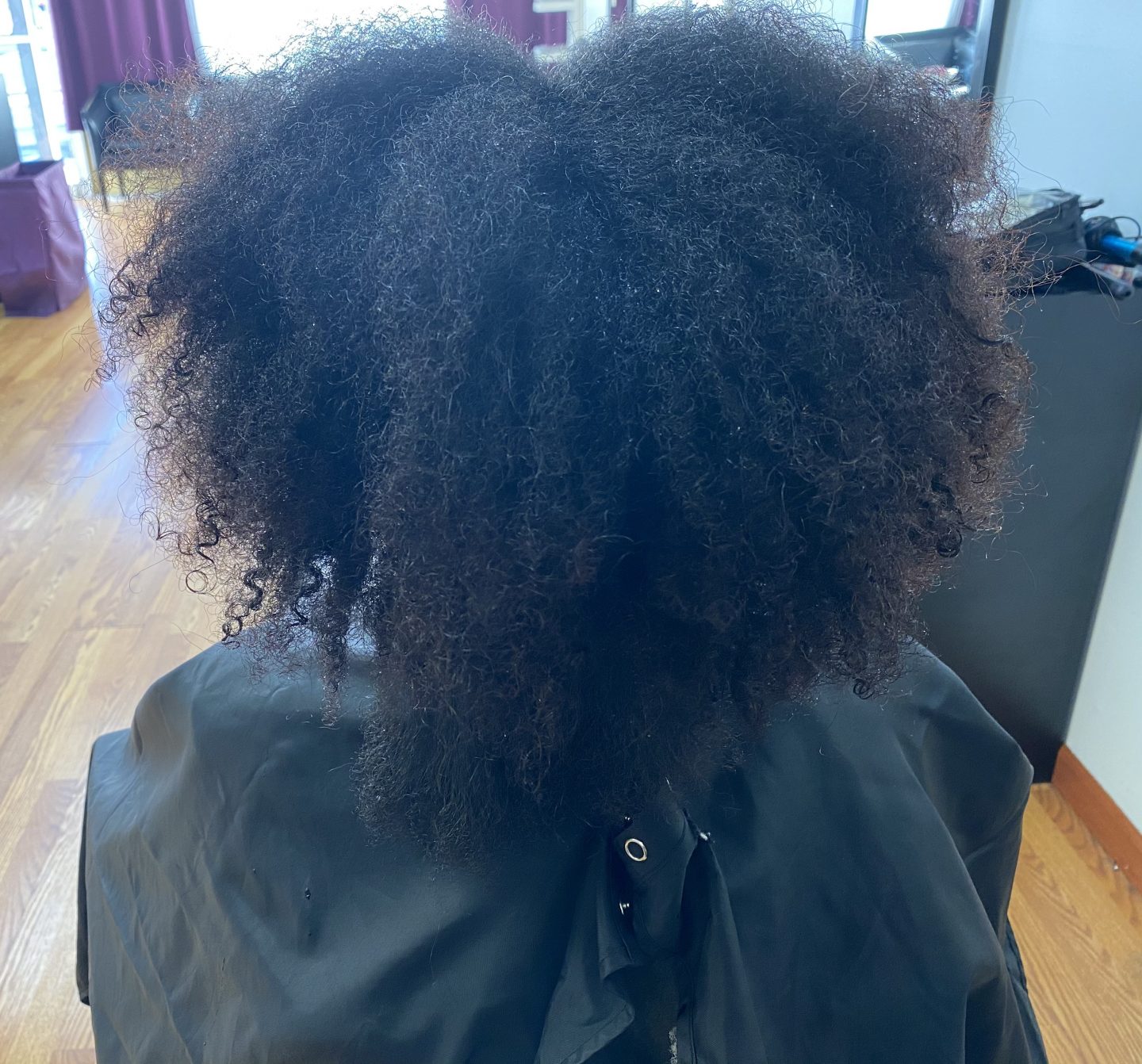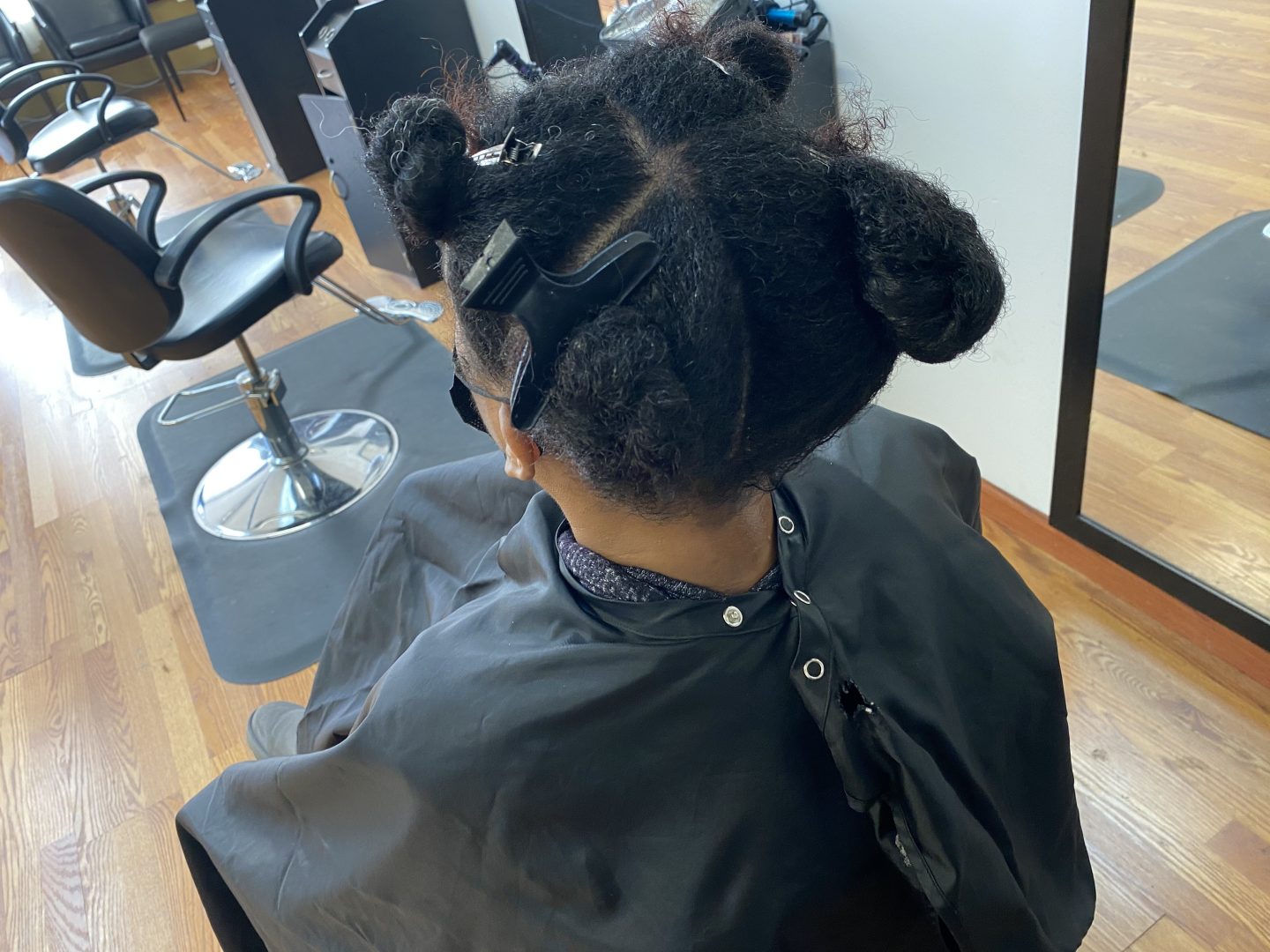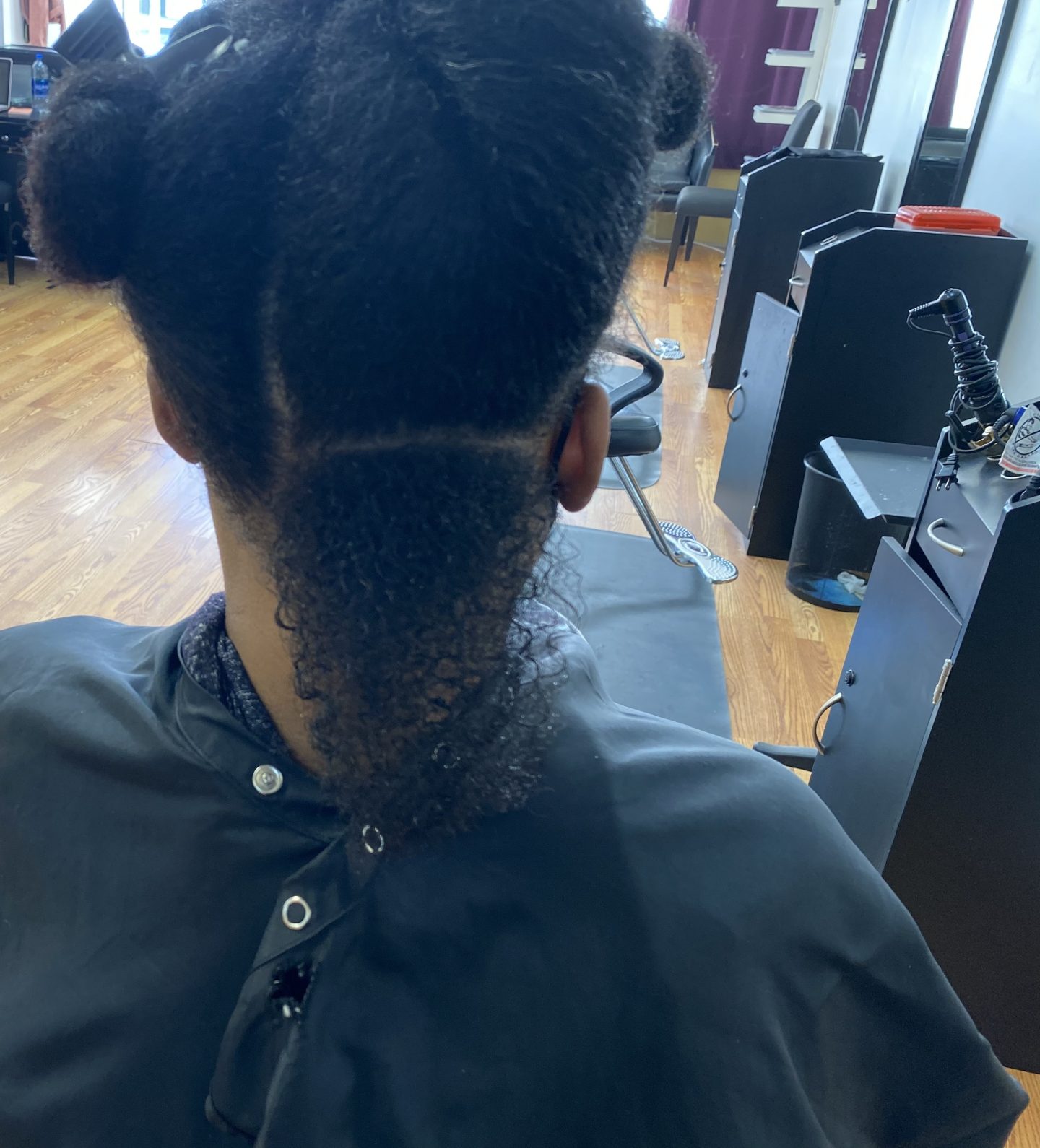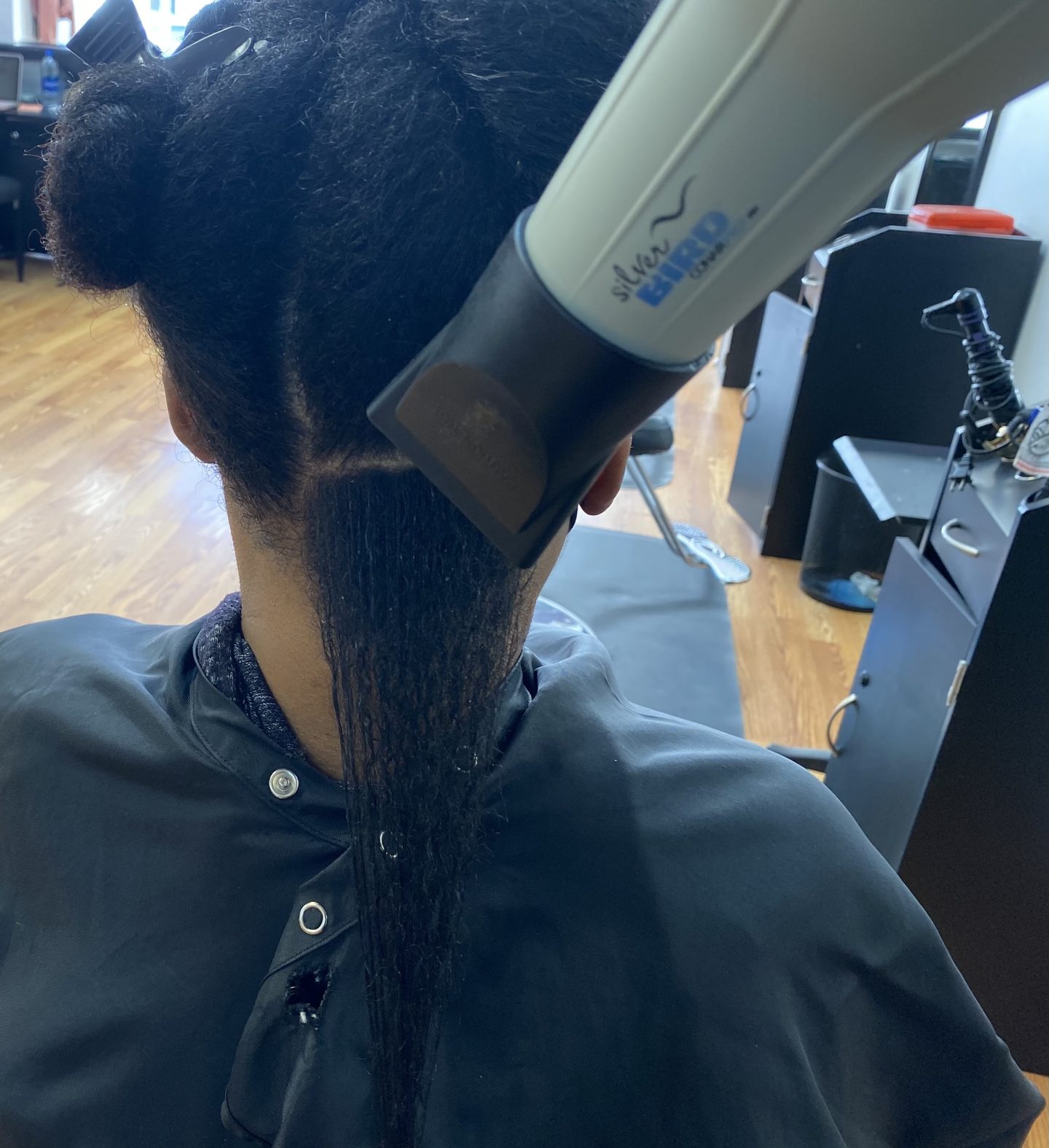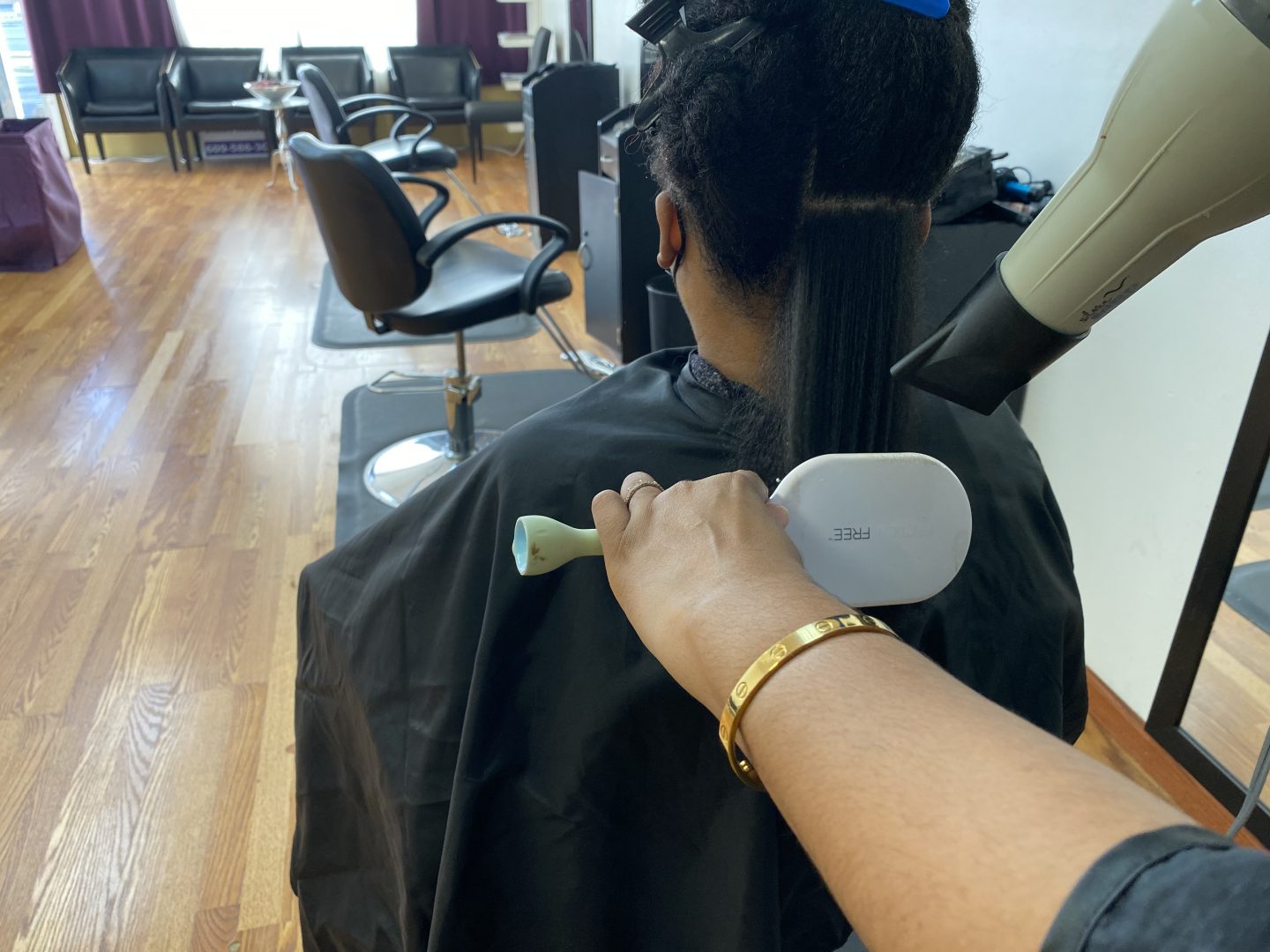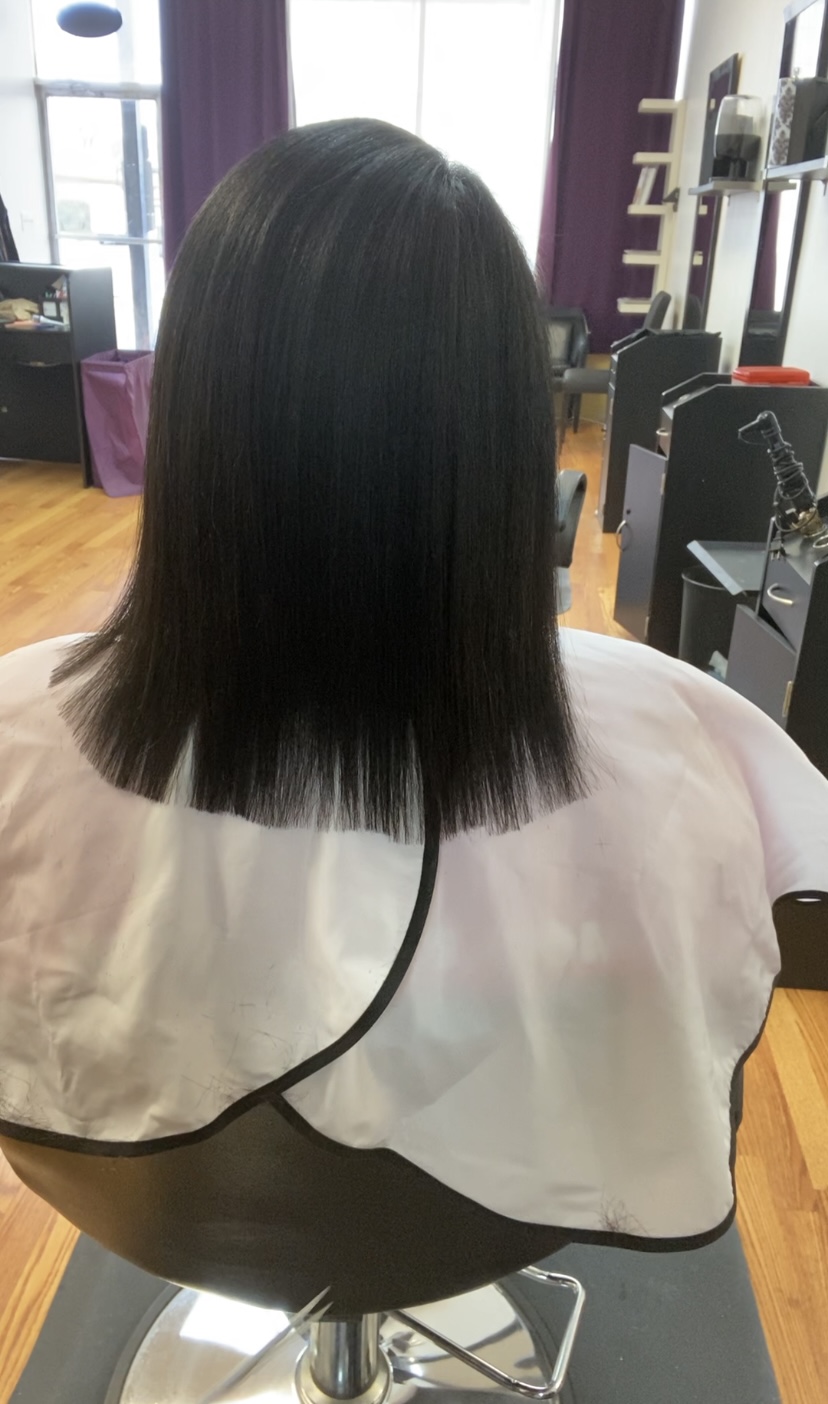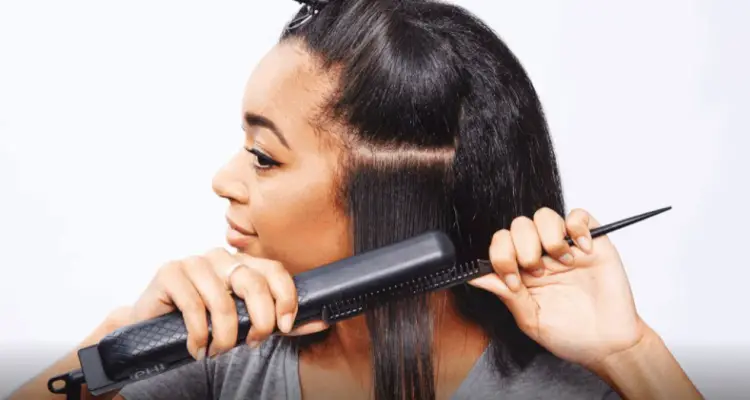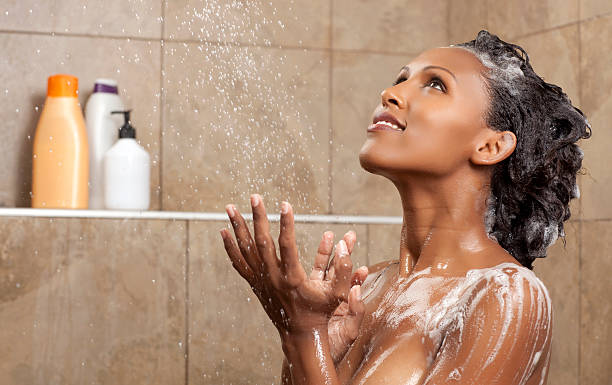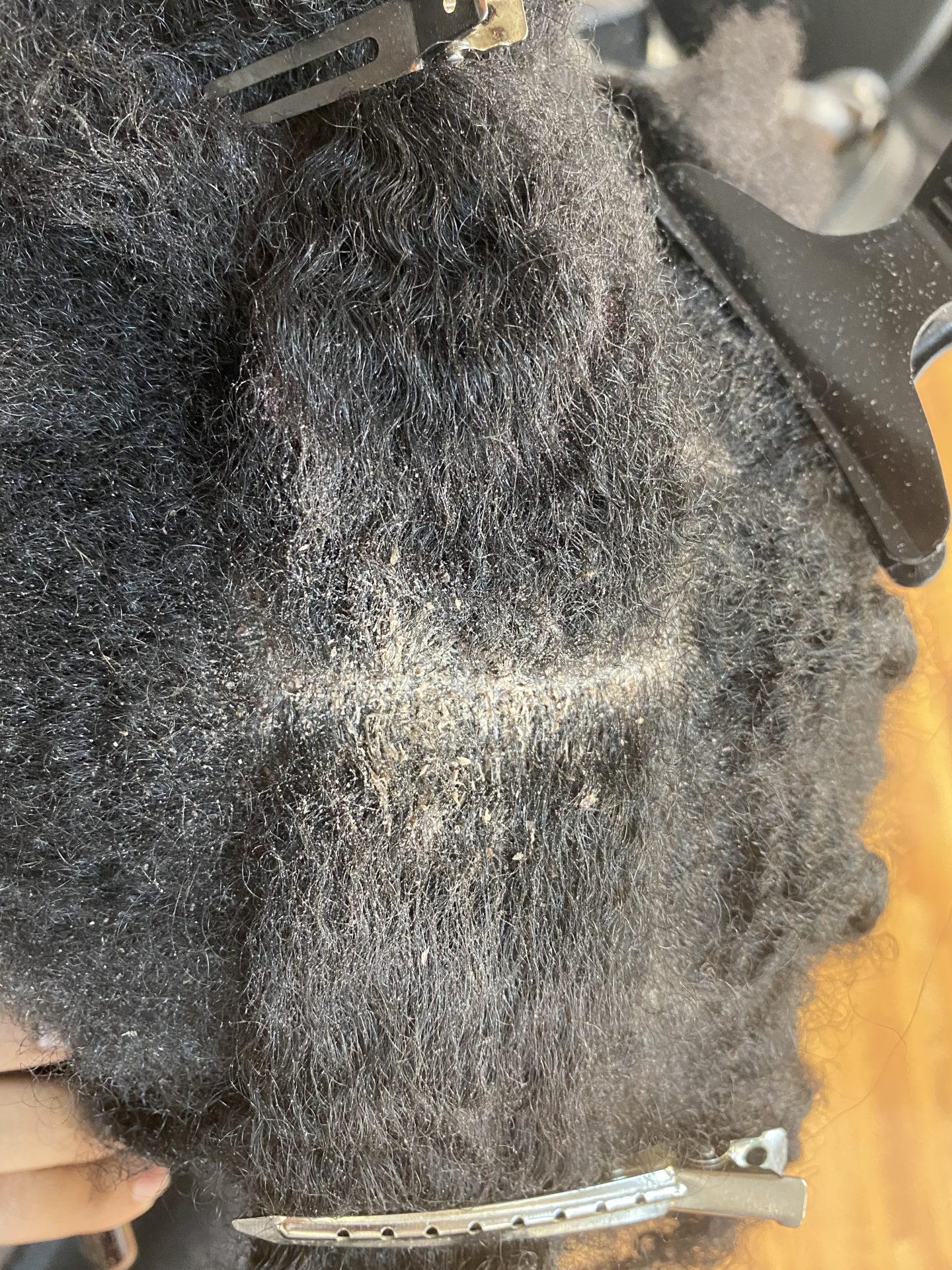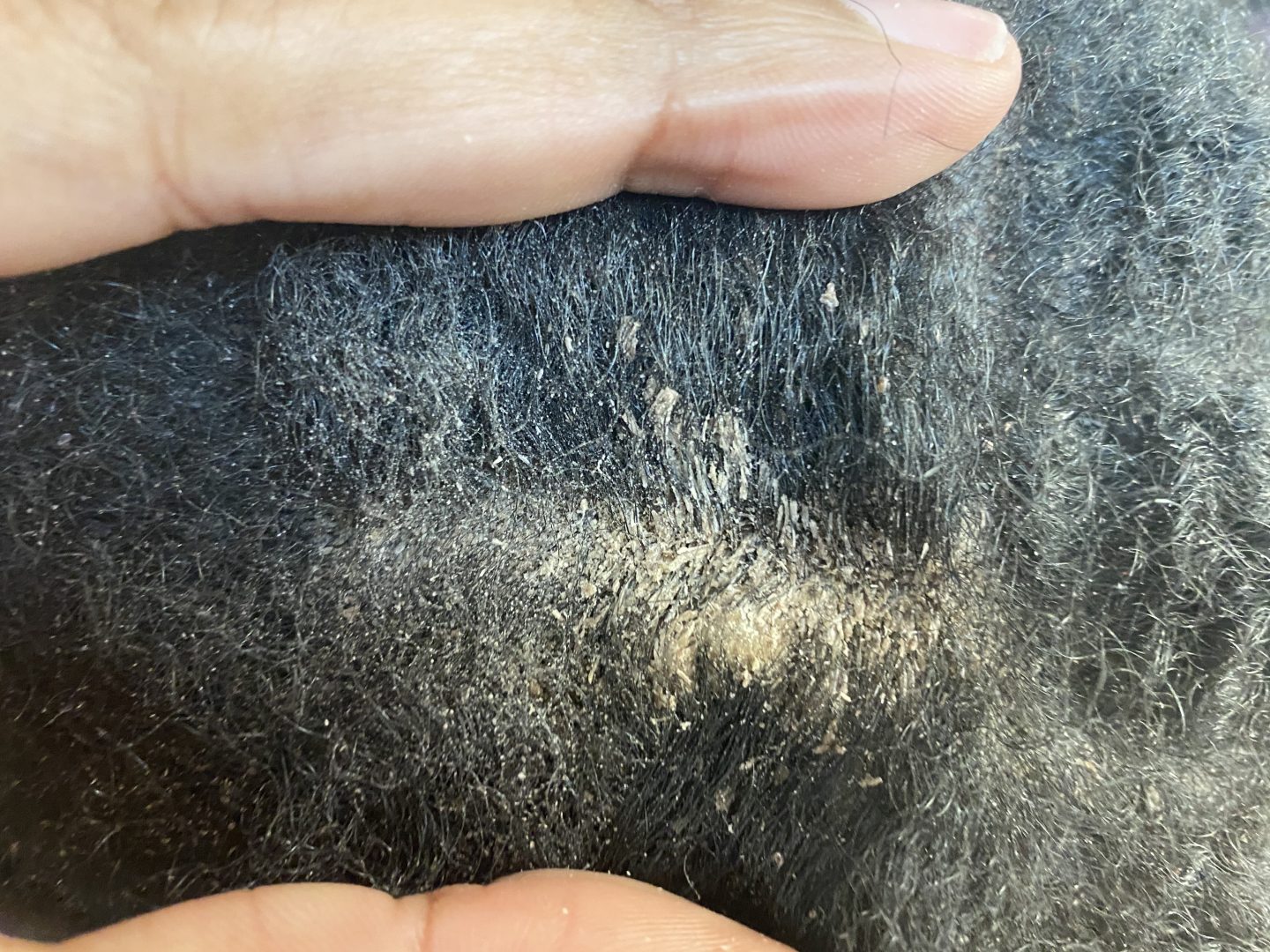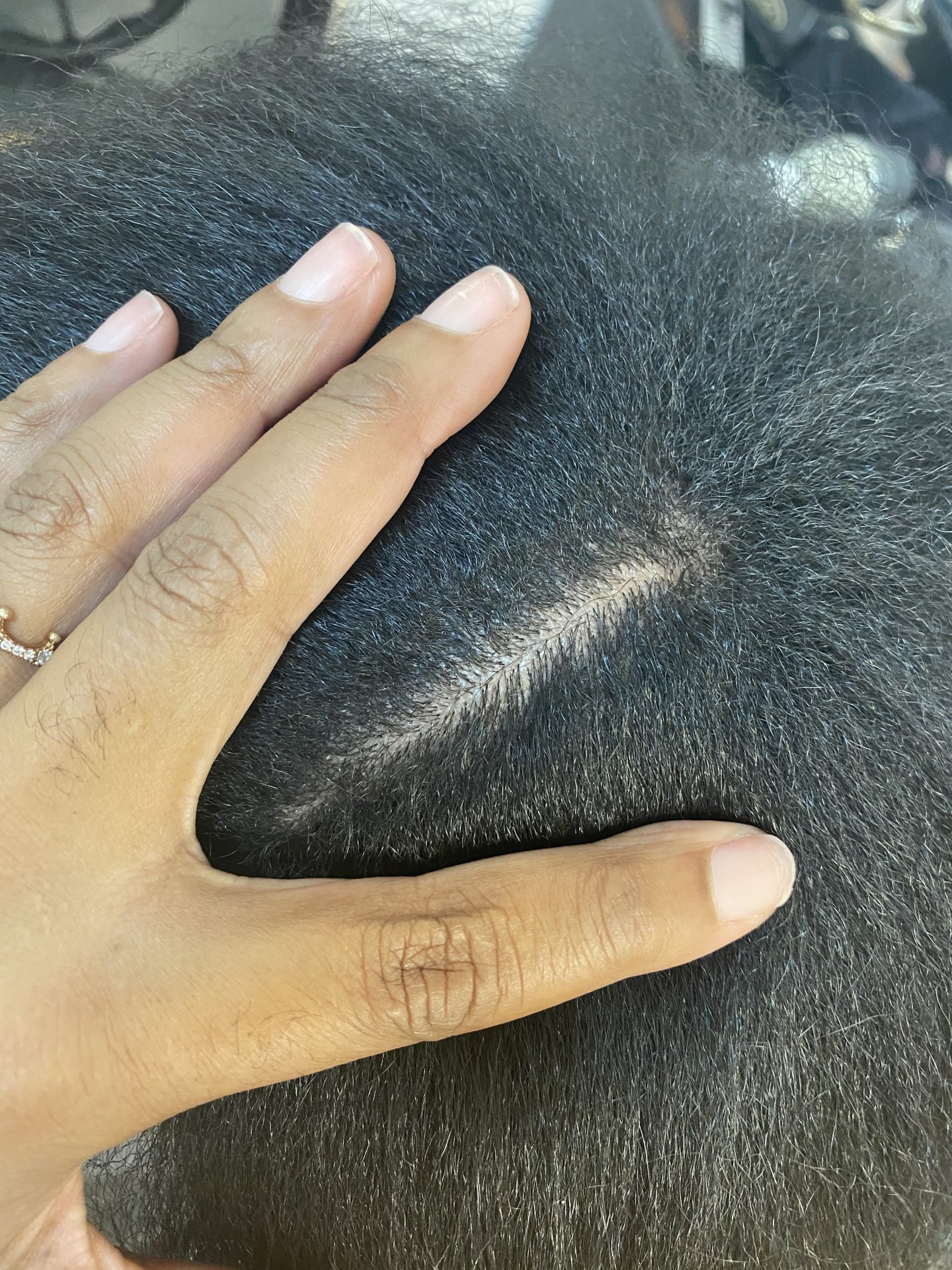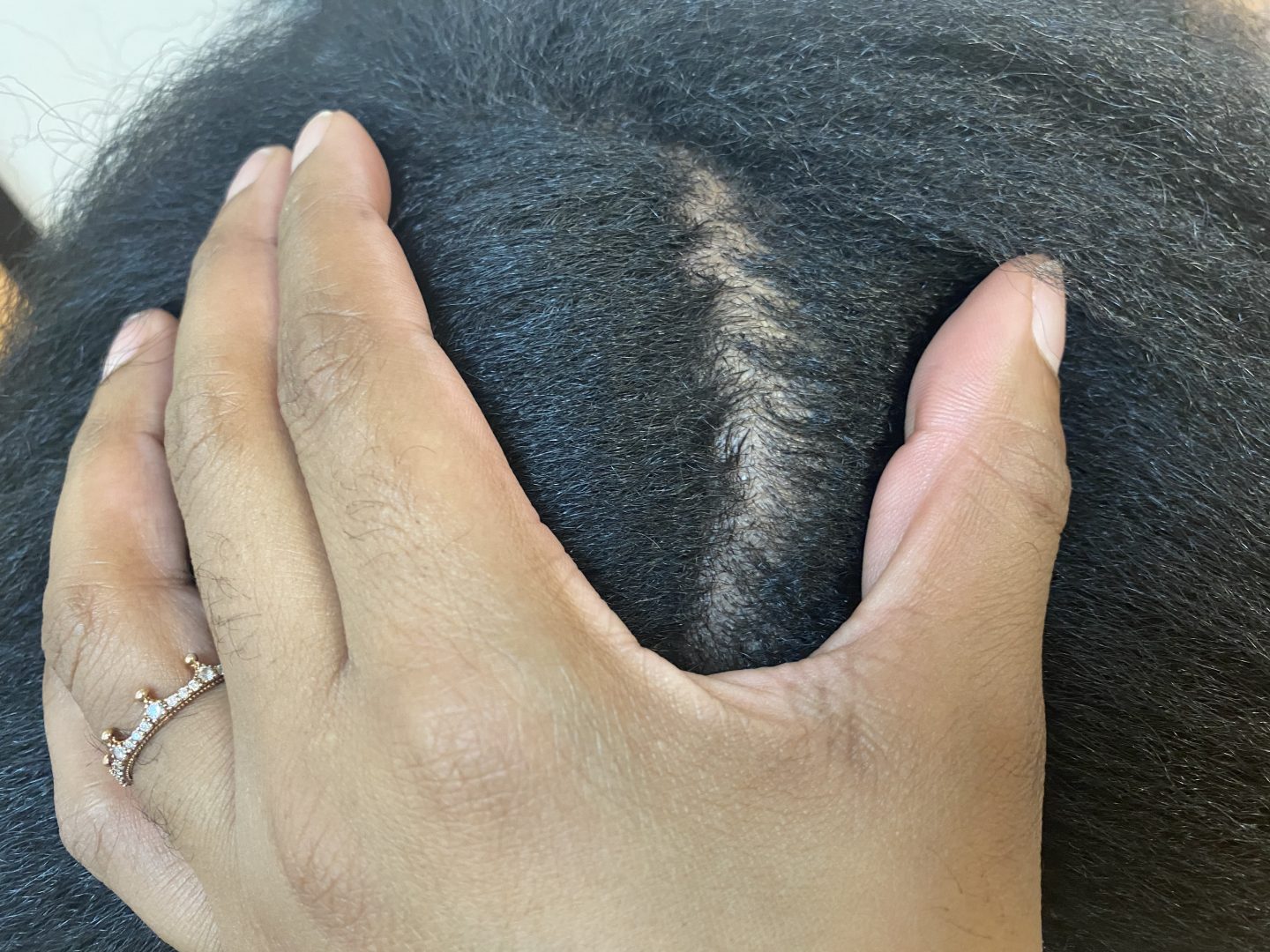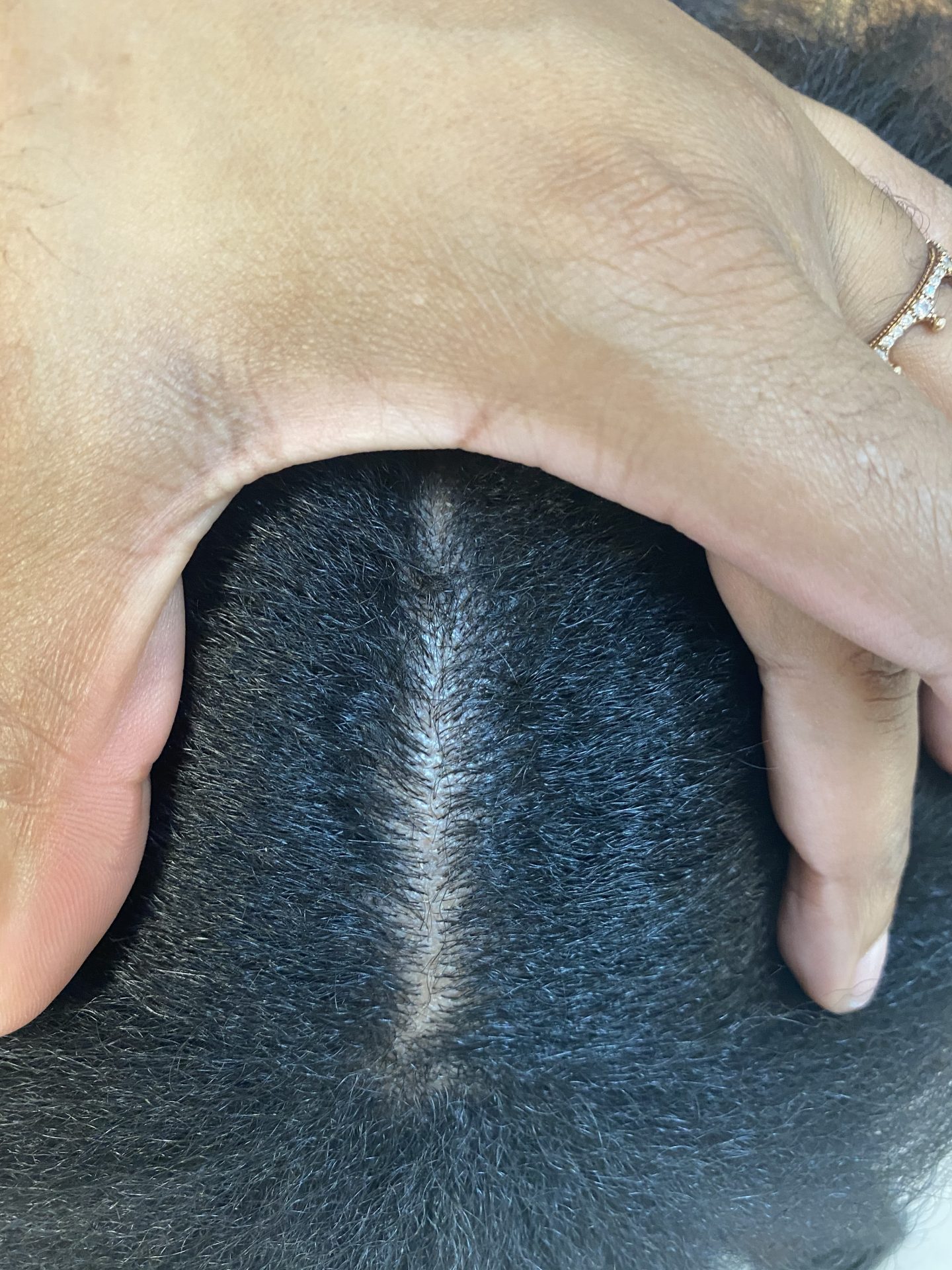As I’m finishing up my last client of the day she says something to me that made me think. She says “We tell you everything about our lives and yet I’m sure there are things you want to tell us about yours”. I laughed it off because sure, my clients tell me everything. The good, the bad, and the ugly. But sometimes there are things we want to tell our clients that we keep to ourselves. It’s not about the kids or what we did that Saturday night. It relates more towards things we want to tell them about their salon visits. This is about to go left really quickly, I can feel it lol. But the bible says, “The truth shall set you free”. Today it shall as I share 20 things your hairdresser wants you to know.
I stand in solidarity with my fellow salon workers to tell you some hard truths. I know I’m being melodramatic here but I speak for many when I say we are thinking it and don’t say it. Sometimes we say it and it goes in one ear and out the other or it’s taken the wrong way. The purpose of today’s post is not to make you feel bad or indifferent. It’s to educate you and to make your salon visits as pleasant as humanly possible. The things your hairdresser wants you to know can be very subjective and can vary from stylist to stylist. I’ll just say this, I have a great relationship with the patrons of my business and an open communication policy. This is not always the case.
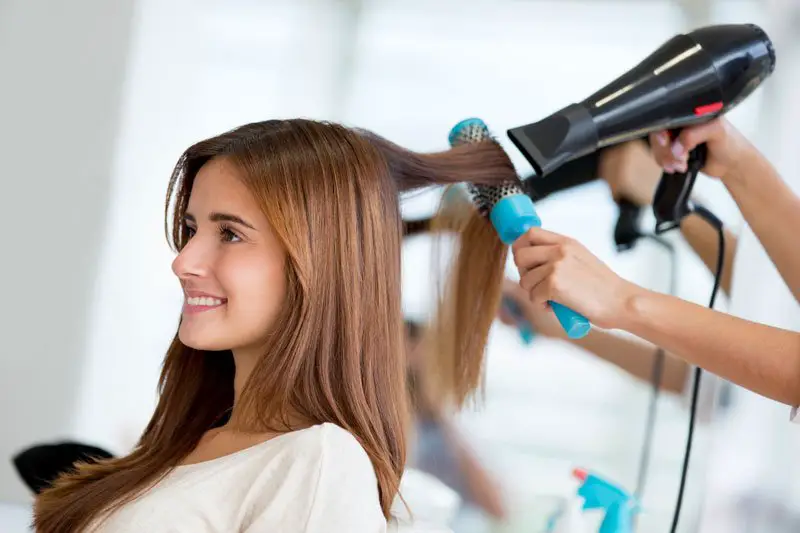
So I want to list a few things your hairdresser wants you to know with the hopes it creates an open dialogue. Again this list is very subjective and it is based on years of salon experience. These are also things I and fellow stylists have discussed. I will try to keep this list as general as I can. Take my word for it, I cut this list down quite a bit.
20 Things Your Hairdresser Wants You To Know
- The client is not always right.
- Pictures are for reference, not a duplication.
- Do not show up late and empty-handed lol, we love coffee also.
- Please respect our time. The doctors charge for no shows, so can we.
- Please don’t tell us how to do our jobs, if you knew what you were doing you wouldn’t pay us.
- Just because the information is on YouTube this does not make it right. Have you ever seen the videos of people burning or over bleaching their hair?
- Please don’t talk on the phone while getting your services done. This is a time to relax and decompress for everyone around you. Be courteous.
- We aren’t upset, we are HUNGRY. We often don’t eat. Think about this next time you’re running late.
- We have lives and don’t work around your schedule.
- Gratitude goes a long way,
- Sit still, if you want your haircut straight stop moving.
- Your hair appointment is for you, come alone.
- Sometimes your relationship drama is too much.
- A trim and a hair cut is the same price.
- Clean up after yourself, we aren’t maids
- No, I can’t squeeze you in.
- We appreciate tips more than you know.
- Ask us how we’re doing, were human too
- We are creatives and sensitive about our work.
- Trust our judgment. We are trying to bring out the best in you.
As I mentioned earlier, this list can go on and on.
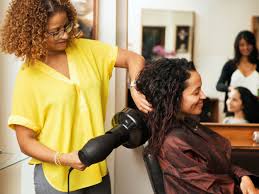
Bonus Tip
Learn to hear the words No. If your hairdresser truly cares about you and that’s pride in their work they will tell you NO. I’m laughing while writing this because my clients are well aware, I will tell them no and smile while doing it. It took me years to work up the courage to do so and now it feels liberating to say no and mean it. You want highlights but don’t take care of your hair, NO. You’re requesting a relaxer after scratching your scalp, NOPE. You bleached your hair the day before and want it redone today, KEEP DREAMING. And the most famous, you’re going through a breakup and want to cut your hair and dye it to mimic Skittles. Maam, that’s also a no.
Let me reiterate, we are not trying to be mean or disrespectful. We are trying to do what’s best for you and if a no means saving your hair strands then so be it.
No I know this was a lot of hard truths shared here today and you might have said ouch a few times. It’s ok. The more you know, the more you grow. In the event, you like to maintain your hair at home like many of my clients do, be sure to read up on some of my favorite shampoos HERE. I also shared my favorite styling tools HERE.
